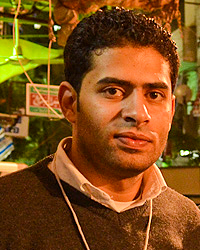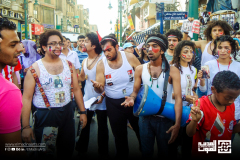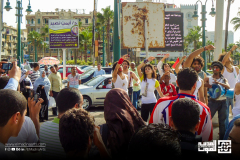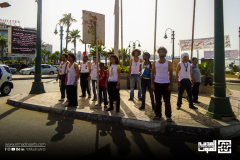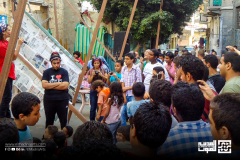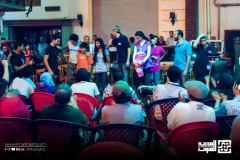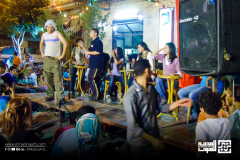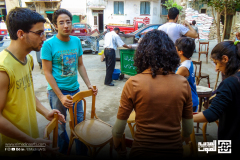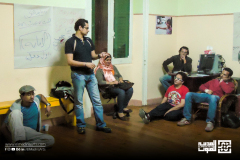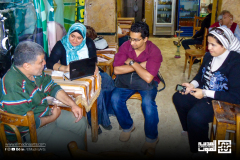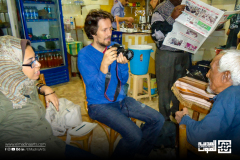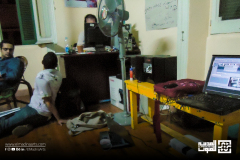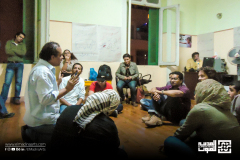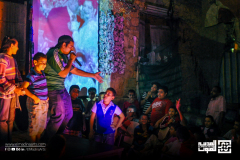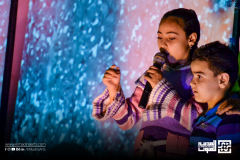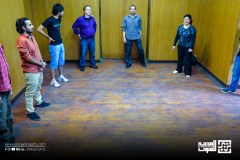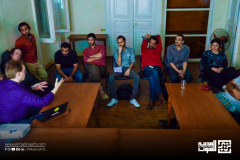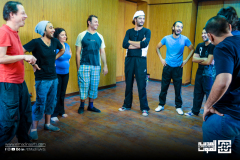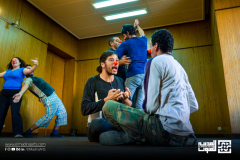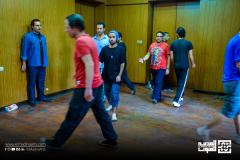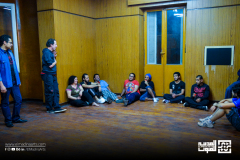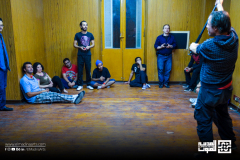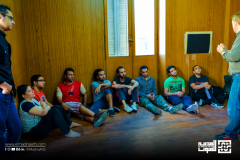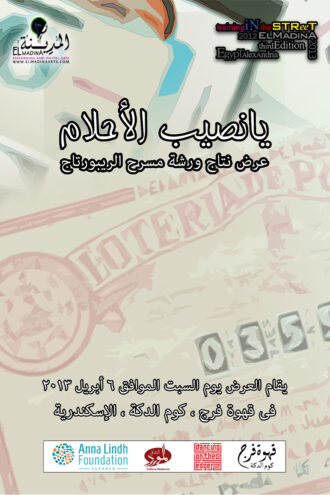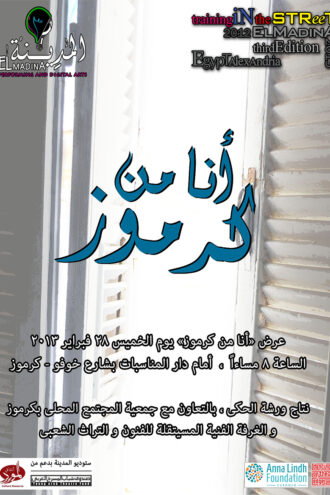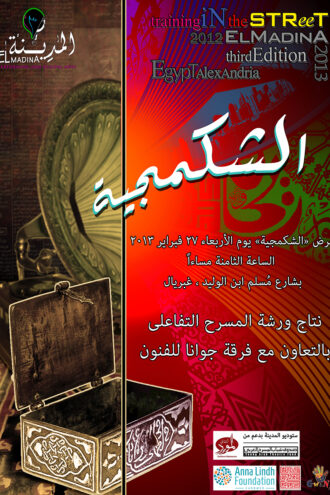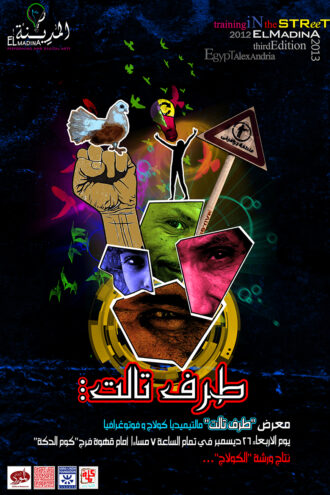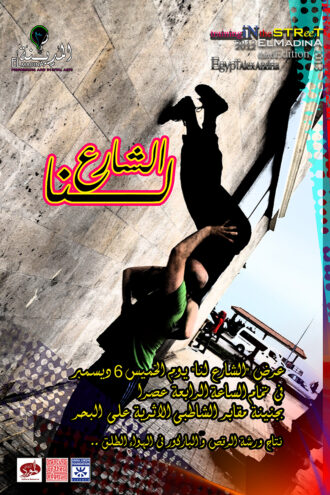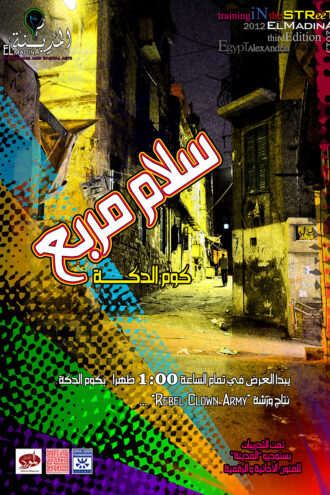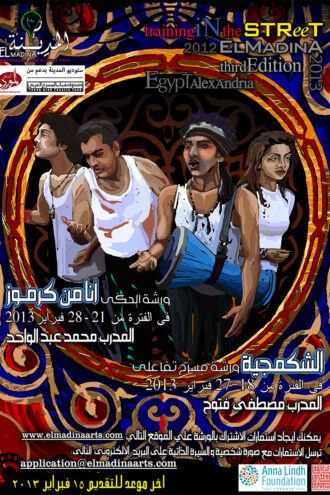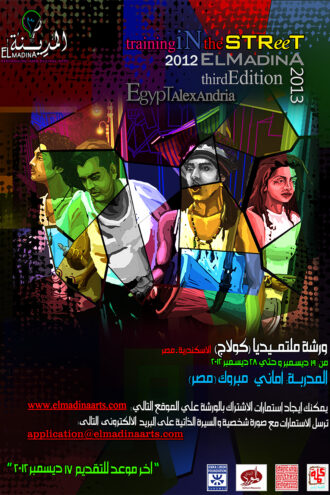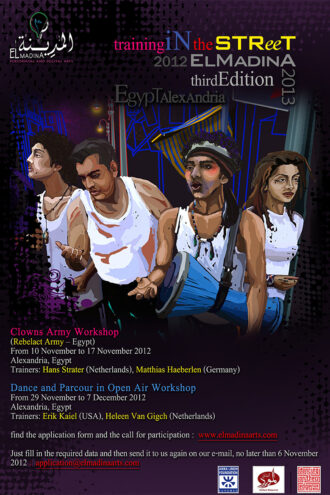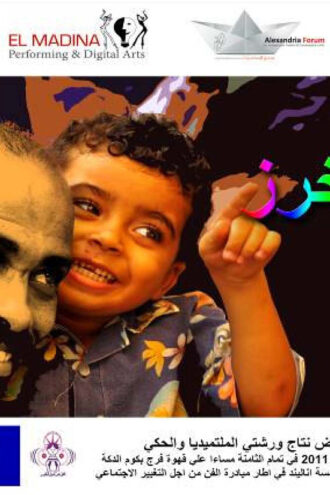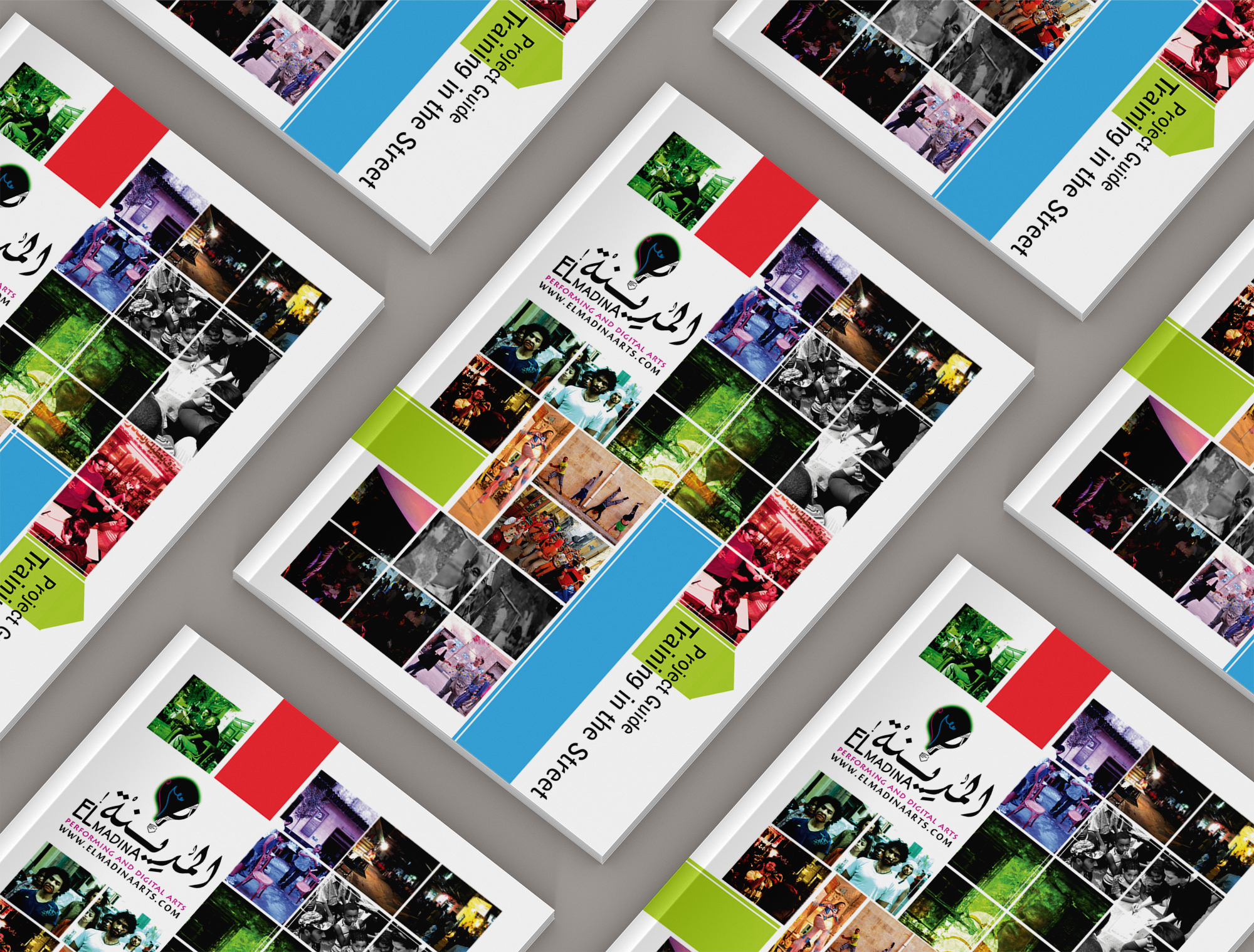Training in the Street
BACKGROUND After the January Revolution in Egypt, artists wanted to …
BACKGROUND
After the January Revolution in Egypt, artists wanted to go down the street. But most of them didn’t have perceptions of what’s right for the arts on the street. They were also confused in the choices of topics to be raised. Not knowing what was allowed and what was forbidden in street’s culture. That’s why we proposed a new strategy to get art into the street, it’s known as TRAINING IN THE STREET
What Training in The Street is about?
Training in The Street fostered the idea of creating art in the low-income areas which have no cultural facilities. Thus, allowing the residents to become partners in the artistic industry. Starting from choosing the topic to be tackled in the performance, encouraging the residents to participate in the training. In addition to advocating for the performance itself and the technical and logistical support for the its location, and they even take a part in performing.
People, particularly youth in low-income areas saw how artists work, how they train, and how they plan for the artwork. This has completely changed their view of art and culture. They never thought how much it takes to produce an artwork. They couldn’t imagine how difficult it was for artists to work. At the same time artists understood that art and culture aren’t only made by experts, but that ordinary people can participate in the production of art and culture in some way. They also learned how to apply this in their lives to strive for the best.
OUTCOME
From the population of low income areas that we worked within. Training in the street has become an important practice of cultural and artistic work with society.
Selected performances and activities from the three editions
Testimonials
COMMENTS FROM THE RESIDENTS’ AND PARTICIPANTS
The region and its people needed something like this, particularly the youth. I've seen everyone happy away from life's stressing issues. What happened really helps reducing violence in our region. It makes everyone in ease with themselves and tolerant of others." He also said that he saw for the very first time that the youth of the neighborhood “has great talents”
One of The Elder Residents
Training in The Street project is not only concerned with setting up artistic activities in a popular area, it is also concerned with the stage of building the event with people within the area before any events begin. This is done through the selection of partners from the region as a community association or a café as a partner and the participation of the neighborhood's residents, old, young people, women and children in events and programs. Through them, the final topics on which we work are defined. Thus, the neighborhood and its inhabitants are not resources or recipients of art and culture, but are partners in the formation and original stakeholders in the creation and delivery of events
Mohab Saber
Executive DirectorTraining in the street is important...This experience made me love every single thing in the district we worked within- to love the people with their problems, dreams and homes, everything
Mohamed Hosni
TraineeTraining in the Street is a quite important experience because as artists we must never lose touch with the street. We introduce people on the street to what art is
Mahmoud Badr
TraineeTraining in the street is important...This experience made me love every single thing in the district we worked within- to love the people with their problems, dreams and homes, everything
Eric Kayl
Trainer (Dancing and Parkour)Training in The Street is an opportunity not only to use art in free space, but also to express ourselves and our art in different and vital ways, and also to use the space around us to express and present a new vision that remains, because the place after what is done is certainly not what it was before
Helen Van Gig
Trainer (Dancing and Parkour)The project in Karmoz has been impressive and it still echoes in the streets
Hassan Gaber
Head of the Community Association in KarmozThe concern of some artists about working on the street, particularly in local low-income areas, has been dissipated
Mohamed Abd El Wahed
TrainerIf we talked about working on the street first, the theatre on the street as I've worked on before is not like this experience, as interacting with the people in this experience was the main, and most important feature, I couldn't imagine doing this, especially, during the performance and interacting with the audience, particularly, kids and the status that the public in general was in, has helped me in how to deal with these conditions while creating art on the street in such a way that don’t interfere with my to concentration. I've benefited from this a lot as an actor
Ali El Masry
TraineePeople's thoughts and trainees changed towards art’s nature on the street and people's reception of art
Mostafa Fotooh
TrainerThese workshops must be made continuously, and specialized workshops of this kind must be set up for children
Abdelhaleem Nabawy
TraineeThe project emphasizes teamwork and is always producing impressive results, as we have seen
Shadwa Essam
TraineeI simply don't have a theater experience at all when I was told about this- I filled out the application, and I thought it was annoying, and when I got accepted into the workshop, I saw new people and a new experience - I didn't expect that I was going to act- I saw a developed matter that allowed my inner self to shine -- a very strong experience on a personal level
Nelly Shokry
TraineeTrainers of The Project
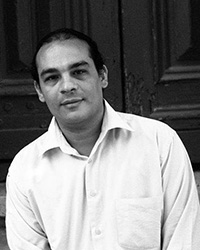
Ahmed Saleh
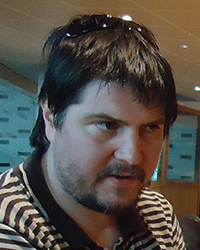
Alexandre Cubizolles
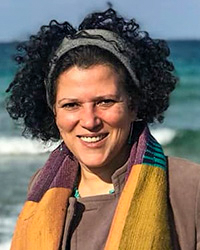
Aliaa El Graedy

Amany Mabrouk
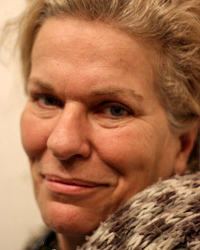
Annet Hanneman
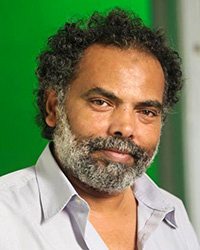
Emad El Farouk
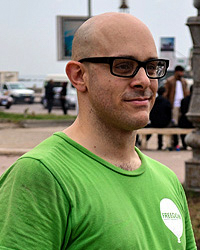
Erik Kaiel
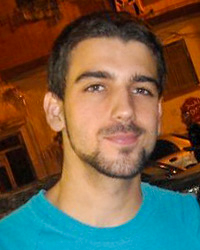
Francisco Cabezudo
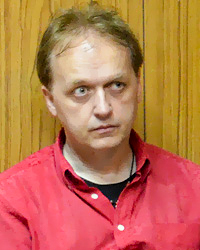
Hans Strater
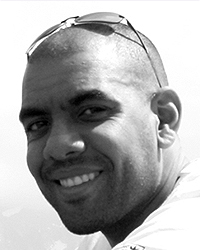
Hatem Hassan
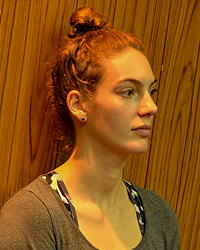
Heleen van Gigch
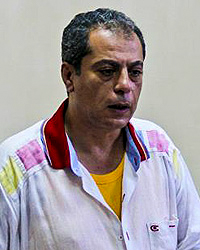
Hossam El Azazy
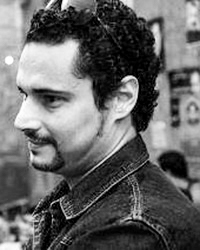
Khaled Raouf
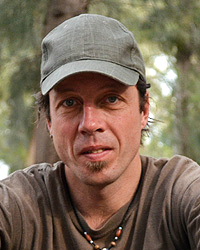
Matthias Haeberlen
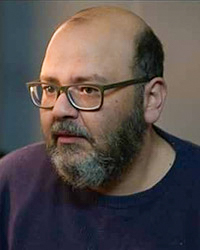
Mohamed Abdelfattah
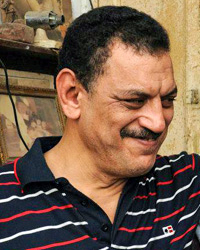
Mohamed Abd El Wahed
